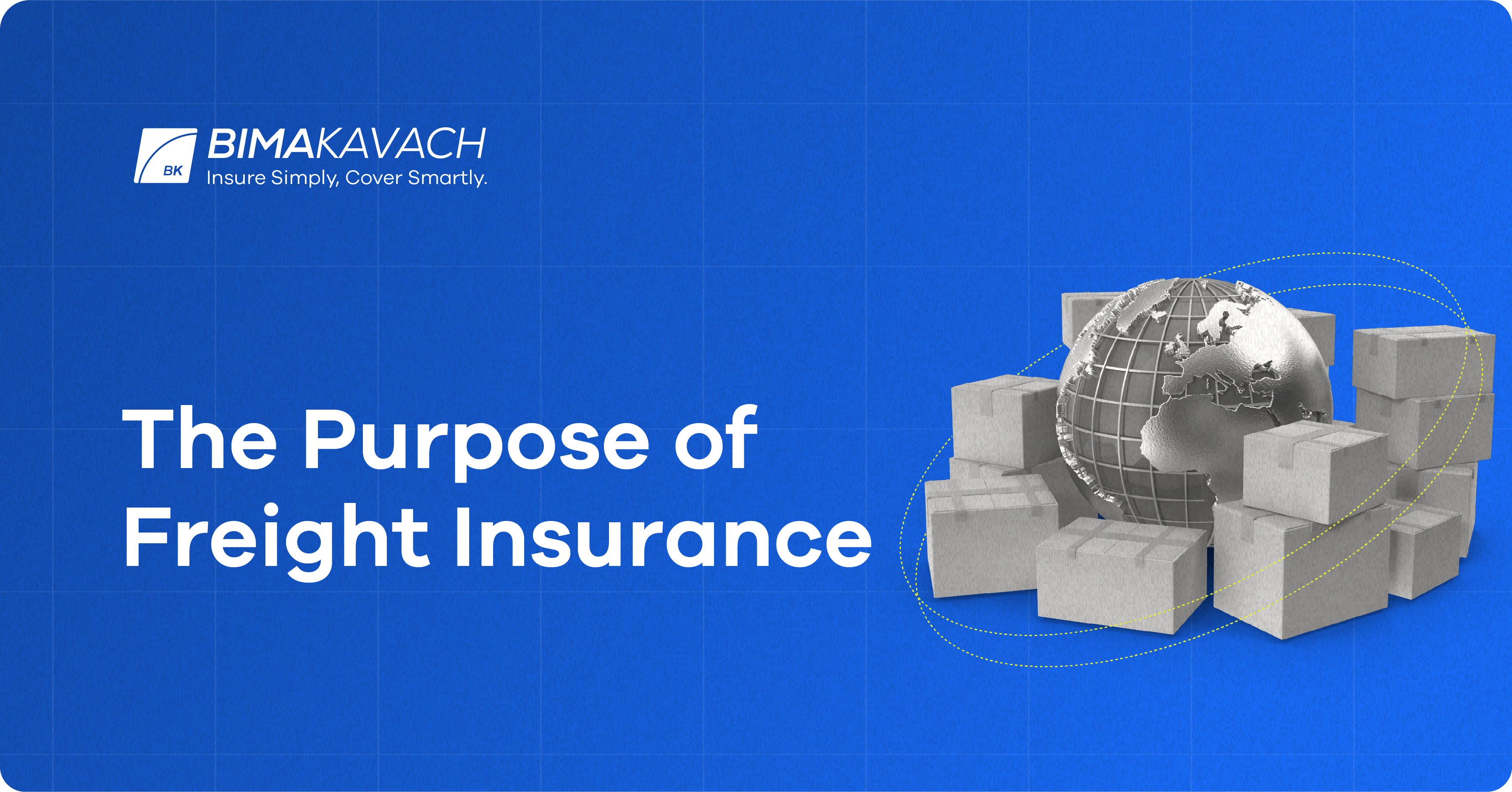Pacific Prime - The Facts
Pacific Prime - The Facts
Blog Article
Pacific Prime Fundamentals Explained
Table of ContentsThe Single Strategy To Use For Pacific PrimeOur Pacific Prime DiariesPacific Prime Can Be Fun For AnyonePacific Prime Things To Know Before You Get ThisThe Best Strategy To Use For Pacific Prime

This is since the data were collected for a duration of strong economic performance. Of the approximated 42 million people that were without insurance, just about concerning 420,000 (about 1 percent) were under 65 years old, the age at which most Americans become eligible for Medicare; 32 million were adults in between ages 18 and 65, about 19 percent of all adults in this age team; and 10 million were kids under 18 years of age, regarding 13.9 percent of all youngsters (Mills, 2000).
These estimates of the variety of individuals uninsured are created from the annual March Supplement to the Current Population Survey (CPS), performed by the Census Bureau. Unless or else noted, nationwide price quotes of people without health insurance policy and percentages of the population with various sort of insurance coverage are based on the CPS, the most widely used source of quotes of insurance policy coverage and uninsurance prices.
A Biased View of Pacific Prime

Still, the CPS is particularly valuable due to the fact that it generates yearly price quotes reasonably quickly, reporting the previous year's insurance policy protection estimates each September, and because it is the basis for a consistent collection of price quotes for more than two decades, permitting evaluation of patterns in protection with time. For these factors, in addition to the substantial use the CPS in various other researches of insurance coverage that are offered in this record, we rely upon CPS price quotes, with constraints noted.

The price quote of the variety of uninsured individuals broadens when a population's insurance coverage status is tracked for numerous years. Over a three-year period why not try these out starting early in 1993, 72 million people, 29 percent of the united state populace, lacked protection for a minimum of one month. Within a solitary year (1994 ), 53 million people experienced at the very least a month without coverage (Bennefield, 1998a)
Six out of every 10 uninsured adults are themselves used. Working does improve the likelihood that one and one's household members will certainly have insurance coverage, it is not a warranty. Also members of families with 2 full-time breadwinner have practically a one-in-ten opportunity of being uninsured (9.1 percent without insurance rate) (Hoffman and Pohl, 2000).
Fascination About Pacific Prime
New immigrants make up a significant percentage of people without medical insurance. One evaluation has associated a substantial section of the current development in the size of the U.S. uninsured populace to immigrants that arrived in the country between 1994 and 1998 (Camarota and Edwards, 2000). Current immigrants (those that came to the United States within the past 4 years) do have a high rate of being without insurance (46 percent), but they and their children make up just 6 percent of those without insurance coverage country wide (Holahan et al., 2001).
The partnership in between medical insurance and accessibility to care is well established, as documented later in this chapter. The partnership between health insurance coverage and health and wellness results is neither direct neither simple, a substantial scientific and health and wellness services research literature links health insurance policy protection to improved accessibility to care, much better high quality, and improved personal and population wellness standing.
Levels of analysis for analyzing the impacts of uninsurance. This discussion of health insurance policy coverage focuses mostly on the united state populace under age 65 due to the fact that practically all Americans 65 and older have Medicare or various other public insurance coverage. It focuses especially on those without any kind of health and wellness insurance policy for any type of size of time.
Fascination About Pacific Prime
The problems faced by the underinsured are in some areas comparable to those dealt with by the uninsured, although they are usually much less severe. Health insurance coverage, however, is neither essential nor sufficient to obtain access to medical solutions. The independent and direct effect of wellness insurance policy coverage on accessibility to health and wellness services is well developed.
Others will get the wellness care they require even without medical insurance, by paying for it out of pocket or seeking it from suppliers that use treatment complimentary or at highly subsidized rates. For still others, medical insurance alone does not make sure receipt of treatment due to various other nonfinancial barriers, such as an absence of healthcare companies in their neighborhood, limited accessibility to transportation, illiteracy, or etymological and social differences.
Little Known Facts About Pacific Prime.
Formal research study regarding uninsured populaces in the USA dates to the late 1920s and early 1930s when the Committee on the Expense of Medical Treatment produced a collection of records about financing doctor workplace visits and hospital stays. This issue became prominent as the varieties of clinically indigent climbed during the Great Clinical depression.
Report this page